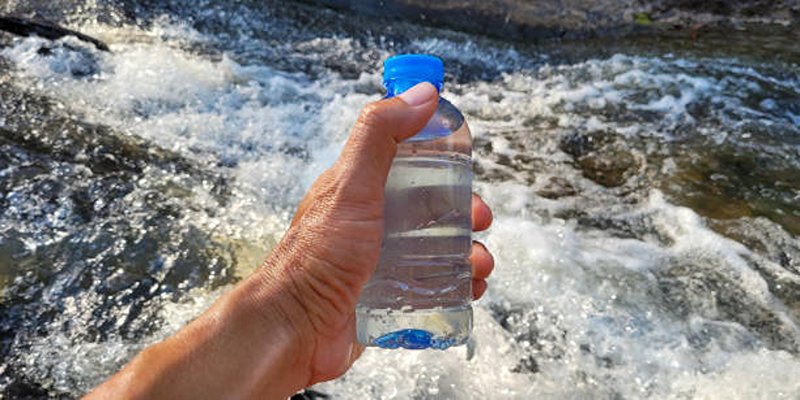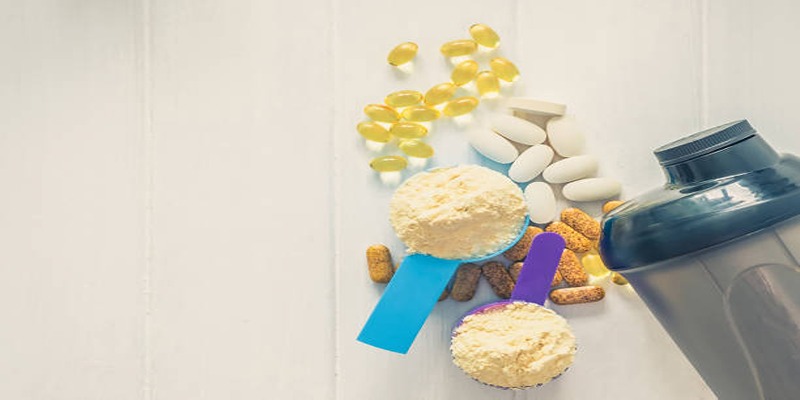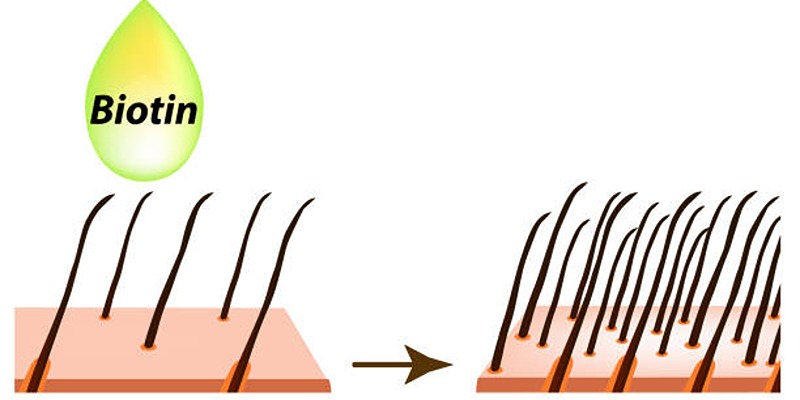Drinking spring and raw water has gained popularity due to beliefs in its natural purity and health benefits. However, these sources can harbor numerous unseen threats that pose significant health risks. Unlike treated tap water, spring and raw water are not subject to testing or purification processes, making them potential hosts for harmful pathogens and bacteria, such as E. coli, Giardia, and Cryptosporidium. These microorganisms can lead to serious illnesses, including gastrointestinal infections, which can be particularly hazardous for those with weakened immune systems. Additionally, naturally occurring contaminants, such as heavy metals and chemicals, may be present in raw water and cause long-term health issues with continuous exposure. Understanding these dangers is essential for making informed choices about water consumption and prioritizing health and safety over trends.
What is Spring and Raw Water?
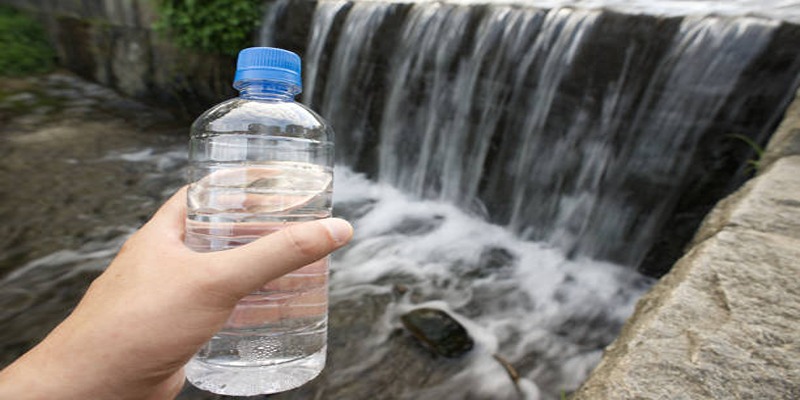
Spring water originates from underground sources and naturally emerges to the earth's surface through a spring. It is often bottled directly at the source, perceived as pure due to its natural filtration through rocks and sediments.
Raw water, on the other hand, refers to unprocessed and untreated water collected directly from natural sources, such as rivers, lakes, or aquifers. Advocates of raw water often cite its untouched nature as beneficial, believing it contains crucial minerals and probiotics. However, without undergoing treatment or filtration, both spring and raw water can contain several contaminants and pathogens, posing potential health risks to consumers.
Microbial Contaminants
One of the most pressing concerns associated with drinking spring and raw water is the presence of microbial contaminants. These microorganisms are invisible to the naked eye but can cause significant health issues when ingested. Among the most common pathogens found in unprocessed water sources are bacteria such as Escherichia coli (E. coli) and Campylobacter, which can result in severe foodborne illness symptoms like diarrhea, stomach cramps, fever, and vomiting. Protozoa, including Giardia and Cryptosporidium, are another group of microorganisms that thrive in untreated water, leading to prolonged gastrointestinal disorders and discomfort.
Additionally, viruses like norovirus and rotavirus can be transmitted via raw water consumption, further heightening the risk of outbreaks. The lack of disinfection or treatment processes in raw water leaves consumers exposed to these harmful microorganisms, underscoring the need for awareness and caution regarding the sources and safety of the water they consume.
Chemical Pollutants
In addition to microbial contaminants, chemical pollutants present a serious risk to those consuming spring and raw water. These pollutants can originate from various sources, including agricultural runoff, industrial discharges, and natural geological formations. Heavy metals such as lead, arsenic, and mercury are particularly concerning due to their potential to cause severe health issues, including developmental delays in children, kidney damage, and neurological disorders. Pesticides and herbicides used in farming practices can leach into water sources, leading to chronic health problems with long-term exposure.
Moreover, natural minerals like fluoride and nitrates, while sometimes occurring in small, typical concentrations, can accumulate to dangerous levels under certain environmental conditions. The absence of a treatment process increases the likelihood of these chemical pollutants persisting in raw and spring water, highlighting the importance of regular testing and the adoption of purification methods to ensure the water's safety for consumption.
Legal and Regulatory Landscape
The consumption of spring and raw water brings into focus the complexities of the legal and regulatory frameworks that govern water safety and quality. These regulations establish permissible levels of contaminants, enforce testing requirements, and mandate treatment processes to ensure public health and safety. In contrast, the sale of spring and raw water often falls into a less strictly regulated category, particularly if the product is positioned as a natural or artisanal alternative.
The primary challenge in regulating spring and raw water stems from the variability in state and local guidelines, as some regions may impose stricter rules than others or leave certain aspects unregulated. This patchwork of regulations can lead to inconsistencies in safety standards and consumer protection. While bottlers are generally required to comply with basic health standards, there is significant variability in terms of mandatory testing frequency and purification practices.
Efforts to tighten regulations and improve transparency in labeling have gained momentum in recent years, driven by consumer demand for more information regarding the safety of their drinking water. Advocacy groups push for clearer labeling that informs consumers about potential contaminants and the exact source of the water they are buying.
Safer Alternatives and Recommendations
To mitigate the risks associated with consuming spring and raw water, it is vital to consider safer alternatives and implement strategies that ensure water quality and safety.
Safer Alternatives and Recommendations
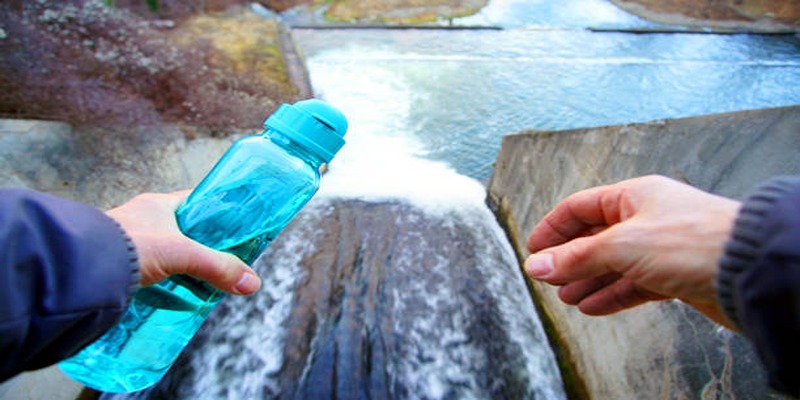
To mitigate the risks associated with consuming spring and raw water, it is vital to consider safer alternatives and implement strategies that ensure water quality and safety.
- Utilize Filtration Systems: Installing a reputable water filtration system at home can effectively reduce or remove contaminants from tap and bottled water. Options range from simple pitcher filters to advanced reverse osmosis systems designed to target specific pollutants.
- Opt for Boiled Water: Boiling water is a reliable method to kill microbial contaminants, especially when traveling or in situations where the water source is questionable. Bringing water to a rolling boil for at least one minute is recommended to ensure safety.
- Choose Certified Bottled Water: When selecting bottled water, look for products that have been certified by recognized standards, such as those set by the NSF International or the Water Quality Association (WQA). These certifications indicate rigorous testing and compliance with safety regulations.
- Regular Testing: For those relying on private wells or local natural sources, it is crucial to regularly test the water for contaminants. Professional testing services can analyze the water for microbial and chemical pollutants, providing exact guidance on necessary treatments.
- Educate on Water Safety: Raising awareness about the potential risks of untreated water and the importance of proper water hygiene practices can empower individuals to make informed decisions. Public health campaigns and educational resources can play a key role in promoting safe water consumption habits.
By adopting these recommendations, individuals can significantly minimize health risks associated with untreated water while still enjoying the benefits of natural water sources.
Conclusion
The increasing popularity of spring and raw water underscores the necessity for heightened awareness and caution regarding potential health risks. While the appeal of natural water sources continues to grow, it is crucial to recognize the absence of treatment processes and the variety of contaminants that may be present. By understanding the legal landscape and implementing safer alternatives and recommendations, individuals can make informed decisions to safeguard their health. Advocating for better regulations, transparency, and education will strengthen public health protections and enable consumers to benefit from both the purity of natural water sources and the assurances of tested and treated water.

